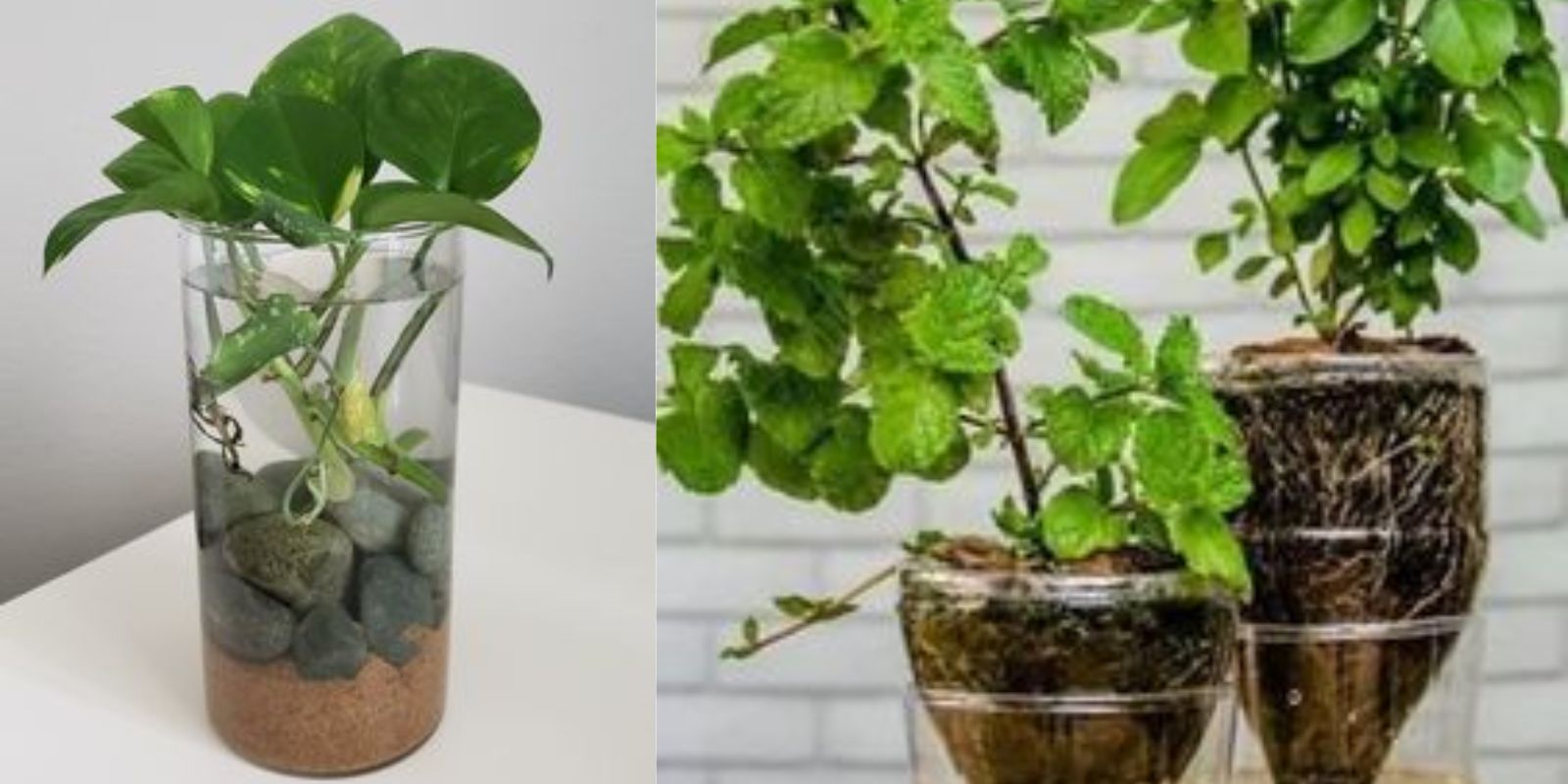Gardening enthusiasts often encounter the challenge of reviving seemingly lifeless plant cuttings or sticks. However, with a simple yet effective gardening trick, you can turn dry sticks into thriving plants with roots. This article explores the process, benefits, and practical steps to successfully propagate plants from dry sticks using readily available materials and techniques.
Introduction
Imagine transforming dry sticks into vibrant plants teeming with life. This gardening trick involves using a rooting hormone or natural agent to stimulate root growth, allowing you to propagate new plants and expand your garden effortlessly. Whether you’re a beginner or seasoned gardener, mastering this technique opens doors to sustainable gardening practices and the joy of nurturing new life from seemingly dormant materials.
Understanding the Gardening Trick
The key to reviving dry sticks lies in promoting root development through a rooting hormone or natural substance like honey. These agents encourage the formation of roots at the base of the stick, enabling it to absorb water and nutrients from the soil once planted. This method is particularly useful for propagating plants that root easily from cuttings, such as many shrubs, herbs, and flowering plants.
Steps to Revive Dry Sticks
1. Prepare the Rooting Solution
- Ingredients: Mix 1 teaspoon of rooting hormone powder or substitute with honey in 1 liter of water.
- Purpose: Rooting hormone aids in the development of roots, while honey provides natural antiseptic properties to prevent infection.
2. Select and Prepare Sticks
- Choose Healthy Sticks: Select sticks from healthy plants or shrubs with visible nodes (where leaves or branches emerge).
- Trimming: Use clean, sharp scissors or pruning shears to trim the sticks just below a node, ensuring a clean cut for optimal rooting.
3. Apply Rooting Hormone or Honey
- Dip Method: Dip the cut end of each stick into the rooting hormone solution or apply honey directly to the cut surface.
- Coating: Ensure the cut area is evenly coated with the rooting agent to promote root development.
4. Planting or Rooting Process
- Container Choice: Use pots with well-draining soil or directly plant sticks into prepared garden beds.
- Insertion: Insert treated sticks into the soil, pressing gently to secure them in place.
- Moisture: Keep the soil consistently moist to facilitate root establishment. Avoid waterlogging, as it can hinder root development.
5. Monitoring and Maintenance
- Location: Place the planted sticks in a warm, partially shaded area to encourage root growth.
- Watering: Monitor soil moisture regularly and water as needed to keep the soil moist but not saturated.
- Patience: Be patient and allow several weeks for roots to develop before expecting visible growth above the soil.
Benefits of Using Rooting Hormones or Honey
- Enhanced Root Development: Facilitates faster and more robust root growth, ensuring plants establish themselves quickly.
- Reduced Transplant Shock: Minimizes stress on newly propagated plants, increasing their chances of survival.
- Versatility: Suitable for a wide range of plants that propagate easily from cuttings, including herbs, shrubs, and flowering plants.
Practical Applications and Tips
- Propagation Projects: Ideal for expanding your garden with new plants or sharing cuttings with friends and family.
- Seasonal Considerations: Best performed during the growing season when plants are actively producing new growth and roots.
Conclusion
Reviving dry sticks with a rooting hormone or honey is a rewarding technique that allows gardeners to propagate plants effectively and sustainably. By following these steps and understanding the benefits, you can transform ordinary cuttings into thriving plants, enhancing your garden’s biodiversity and beauty. Embrace the art of plant propagation, experiment with different species, and enjoy the fulfillment of nurturing new life from seemingly lifeless materials.
This article provides a comprehensive guide to using a gardening trick to revive dry sticks, emphasizing practical steps, benefits, and tips for successful plant propagation.

